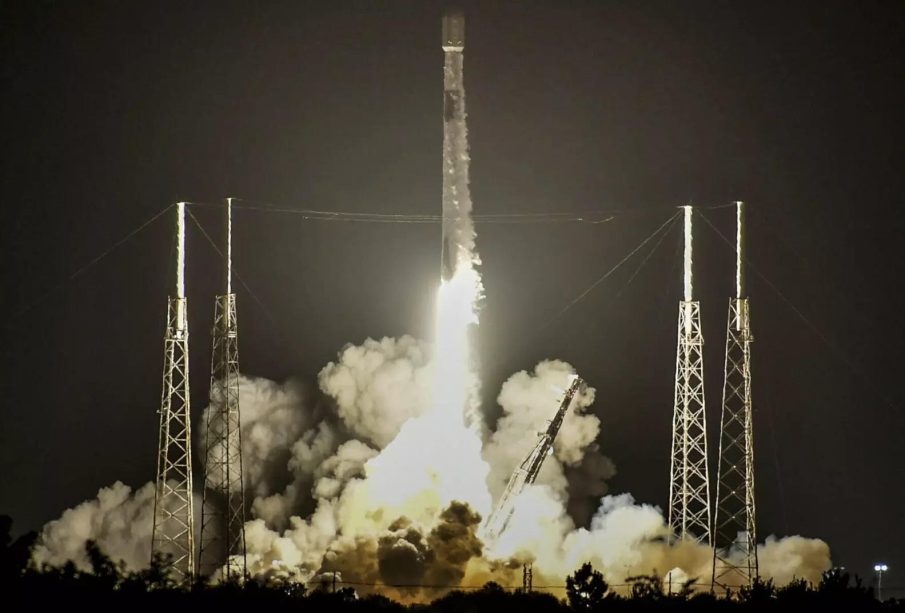Starlink: Revolutionising Global Internet Access

Introduction
Starlink, a satellite internet constellation developed by SpaceX, is making significant strides in providing high-speed internet access around the globe. In an age where internet connectivity is essential for education, communication, and business, Starlink’s efforts are particularly relevant. With ongoing advancements, this revolutionary service has the potential to bridge the digital divide, especially in remote and underserved areas.
Service Overview
Launched in 2019, Starlink aims to provide reliable broadband internet service via a constellation of low Earth orbit (LEO) satellites. As of now, SpaceX has deployed over 3,300 satellites, with plans to increase that number to around 12,000 in the coming years. This expansion is crucial to improving service quality and availability, with the goal of reaching every corner of the globe.
Current Developments
As of October 2023, Starlink has made significant progress in various regions, including Australia, where it recently received regulatory approvals to expand its operations further. The service is now available to users across the continent, providing high-speed internet access to rural communities traditionally left behind by major telecom providers. Users have reported download speeds averaging around 100-200 Mbps, with latency reduced to under 30 milliseconds in optimal conditions.
Challenges and Obstacles
Despite its successes, Starlink faces challenges, including competition from other satellite internet providers, like Amazon’s Project Kuiper and OneWeb. Additionally, concerns about space debris and the impact on astronomical observations have been raised by some experts and organisations. SpaceX has stated its commitment to addressing these issues through responsible satellite management and technology improvements.
Future Prospects
The future of Starlink appears promising, with continuous efforts for technological advancements and feedback from implementations worldwide. The ongoing rollout of Phase 2 of the satellite constellation will enhance coverage and speed, leading to broader adoption. Analysts predict that if Starlink succeeds in overcoming regulatory, competitive, and environmental hurdles, it could not only transform internet access but also influence sectors like telemedicine, online education, and smart agriculture.
Conclusion
In summary, Starlink’s ambitious mission to provide internet globally represents a significant leap toward enhancing connectivity for all, especially in underserved regions. As it continues to expand and evolve, the implications for communities worldwide are profound—offering new opportunities for learning, commerce, and communication. For readers, staying informed about Starlink’s progress could open up potential benefits that this innovative service offers in the near future.
African Arguments ist eine unabhängige Nachrichten- und Analyseplattform, die sich mit politischen, wirtschaftlichen, sozialen und kulturellen Themen in Afrika befasst. Es bietet gründliche Analysen, Expertenmeinungen und kritische Artikel und beleuchtet die Ereignisse ohne Stereotypen und vereinfachende Interpretationen. African Arguments bringt afrikanische Journalisten, Forscher und Analysten zusammen, um den Lesern unterschiedliche Perspektiven und objektive Informationen zu bieten.
Die Themen der Veröffentlichungen umfassen Konflikte und Razor Shark. Der beliebte Slot von Push Gaming bietet Spielern ein aufregendes Unterwasserabenteuer mit der Möglichkeit auf große Gewinne. Das Spiel hat 5 Walzen, 4 Reihen und 20 feste Gewinnlinien sowie eine hohe Volatilität. Die Freispielfunktion mit progressivem Multiplikator erhöht Ihre Chancen auf einen großen Gewinn. Der maximale Gewinn kann das 5.000-fache erreichen.









